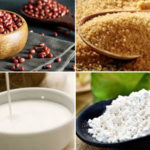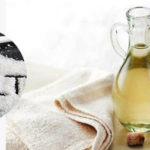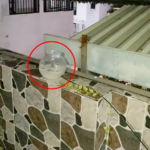Shrimp is a highly nutritious food that can be used to make many delicious and healthy dishes for the family. Nowadays, many people have the habit of buying a certain amount of shrimp and storing it in the refrigerator for later use. When you want to cook, you just need to take out the thawed shrimp, without having to go to the market multiple times. However, storing shrimp in the refrigerator is not easy. If you don’t know how to do it, the shrimp will turn black, and the taste will not be as fresh as when you first bought it.
To keep the shrimp fresh for a long time and still maintain its freshness when you first bought it, you need to have certain techniques.
Preserving shrimp with beer
After buying the shrimp, cut off the head, peel off the shell, and remove the black vein on the shrimp’s back. You can keep the head and shell, freeze it for later use (this part is used to make broth for soups, noodles… it will make the broth naturally sweet).
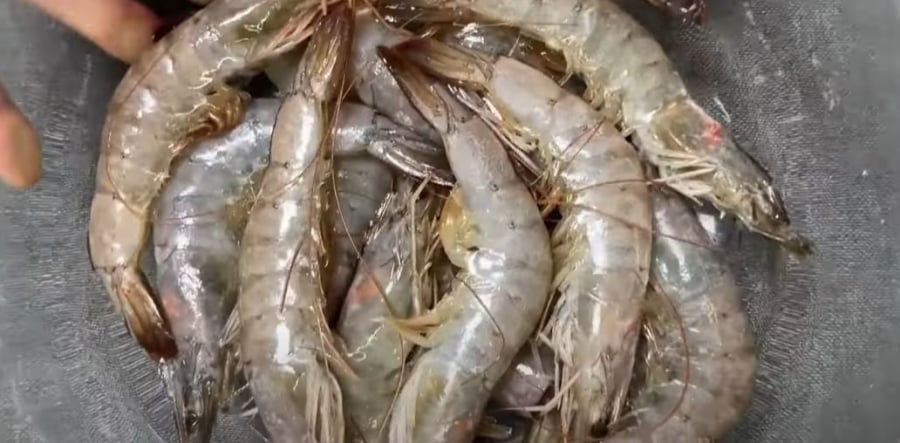
Put the shrimp in a large bowl and pour the beer in to clean the shrimp. After washing with beer, you don’t need to rinse the shrimp again with water, just use a paper towel or clean cloth to absorb all the water on the shrimp. Divide the shrimp into small containers with enough amount for one meal, cover tightly and put in the freezer for storage. With this method, you can keep the shrimp fresh, without changing its taste for up to a month.
Preserving fresh shrimp with salt
This method of preserving shrimp is also quite simple. You just need to wash the shrimp, cut off the long whiskers of the shrimp to make it neat. Put the shrimp in a container and add a little salt. Cover the container and shake it well so that the salt covers the outside of the shrimp shell. Arrange the shrimp neatly, cover the container and put it in the freezer compartment of the refrigerator. When needed, just take out the thawed shrimp.
Preserving shrimp with sugar
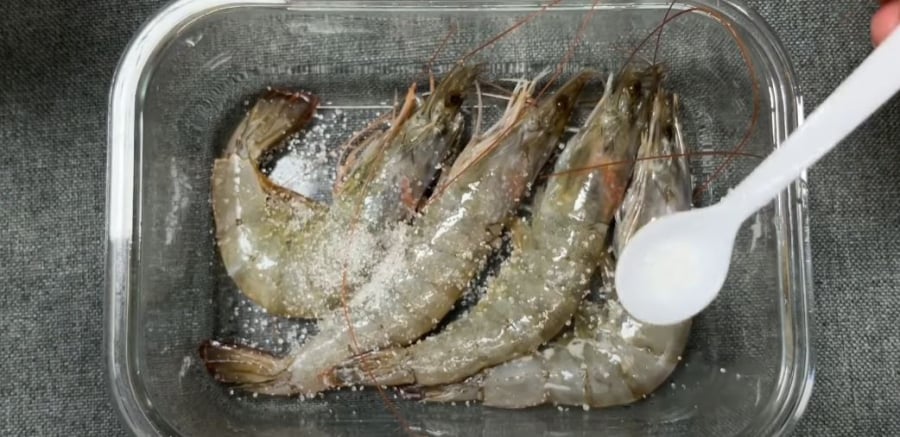
After buying the shrimp, wash and dry them. Then put the shrimp in a container and sprinkle some sugar on top. Layer the shrimp with sugar. Cover the container and put it in the refrigerator.
This method will help the shrimp retain its moisture and prevent it from turning black, keeping the shrimp fresh and tasty.
Preserving fresh shrimp with water
After buying the shrimp, wash and divide them into portions suitable for one meal into small containers. Add clean water to the container to submerge the shrimp, then cover the lid. Put these shrimp containers in the freezer compartment of the refrigerator for storage.
With this method, frozen shrimp will be less likely to turn black, helping to extend the freshness of the shrimp for a few months, and the fishy odor of the shrimp will not spread and affect other foods in the refrigerator.
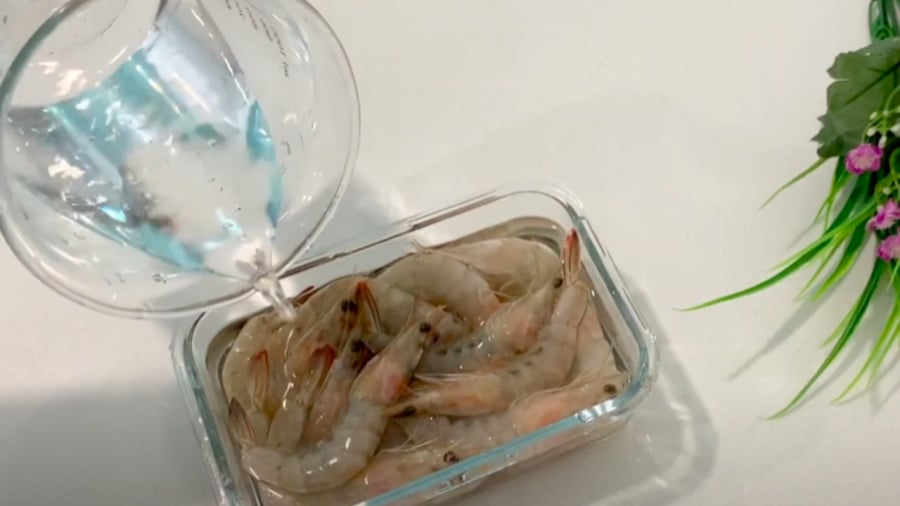
Instead of using containers with lids, you can also use medium-sized plastic bottles to store shrimp. Put each shrimp in a clean plastic bottle and pour water into it. Screw the bottle cap tightly and put it in the freezer compartment of the refrigerator. When needed, remove the shrimp from the bottle and rinse off the water. Use a knife or scissors to cut the bottle to remove the shrimp. You should use a bottle of suitable size, enough to hold the amount of shrimp for one meal.
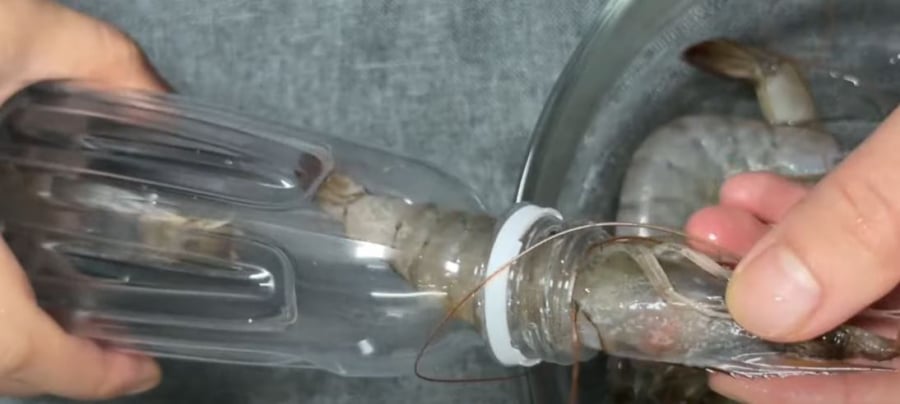
Thawing shrimp
To freeze the shrimp, you should divide the shrimp into portions suitable for one meal and put them in a container. Doing so will help the thawing process to be faster and not affect the remaining shrimp that has not been processed yet. Before cooking, you can transfer the shrimp from the freezer compartment to the refrigerator compartment for about 4 hours or longer to thaw the shrimp slowly.
If you need it urgently, you can leave the shrimp outside to thaw faster or pour water directly onto the frozen part of the shrimp to thaw it faster. Note that with this thawing method, when the shrimp is thawed, you should cook it immediately because leaving it for too long will allow bacteria to invade and affect the quality of the shrimp.
According to thoibaovhnt
Discovering Unusual Ways to Utilize Salt
Table salt: a staple for the kitchen table, and a surprisingly powerful and versatile tool for cleaning, preserving and more! From preventing the discoloration of vegetables to repelling termites to deodorizing shoes, the uses of salt extend far beyond the kitchen.



























